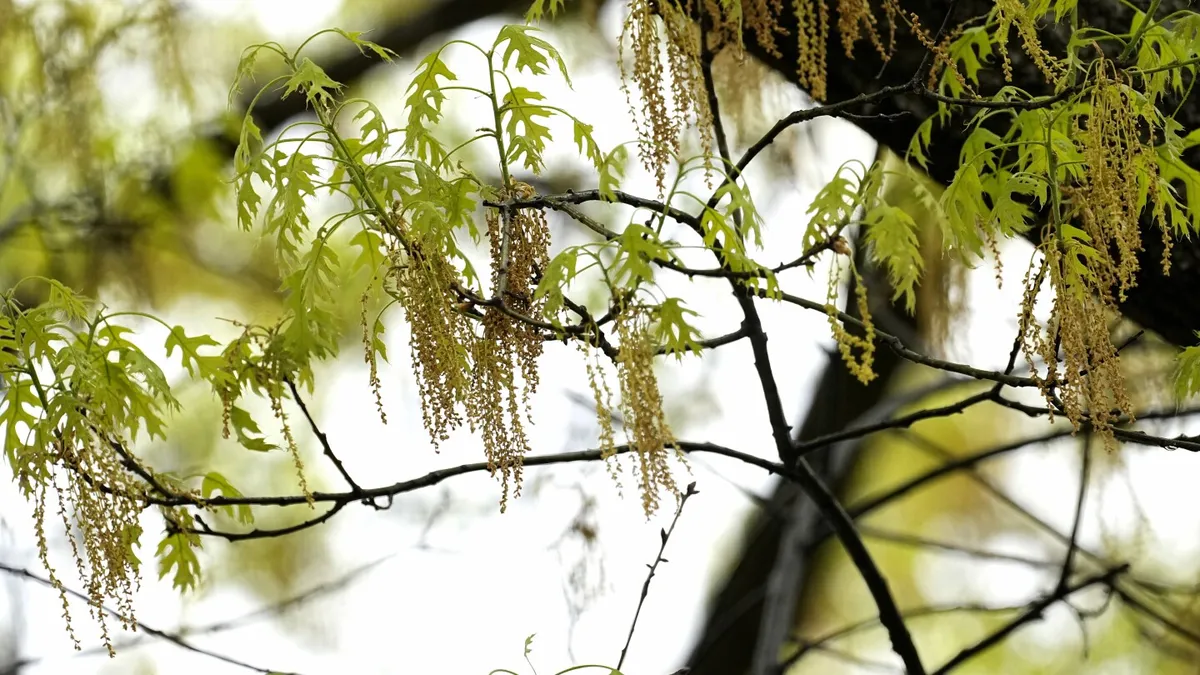
Every year, allergy season can be a challenging time for tens of millions of Americans. As trees, grass, and various other pollens release their spores, symptoms like runny noses, itchy eyes, coughing, and sneezing become prevalent. The severity of these seasonal allergies can significantly vary based on factors such as location, individual sensitivities, and lifestyle choices. Experts have indicated that climate change is contributing to longer and more intense allergy seasons. However, they also highlight that advancements in treatments for seasonal allergies have made a notable difference over the last decade.
The Asthma and Allergy Foundation of America releases an annual ranking of the most challenging cities for individuals suffering from allergies. This ranking is based on the use of over-the-counter medications, pollen counts, and the availability of allergy specialists. For the year 2023, the top five cities identified as the most difficult for allergy sufferers are:
Wichita, Kansas New Orleans, Louisiana Oklahoma City, Oklahoma Tulsa, Oklahoma Memphis, TennesseeThere are three primary types of pollen responsible for allergy symptoms throughout the year. Early in spring, tree pollen predominates, followed by grass pollen in late spring and early summer, and finally weed pollen during late summer and early fall. Common tree pollens that trigger allergies include birch, cedar, cottonwood, maple, elm, oak, and walnut. On the other hand, grasses like Bermuda, Johnson, rye, and Kentucky bluegrass are frequent culprits that cause allergic reactions.
To manage your exposure to allergens, utilizing pollen trackers can be invaluable. The American Academy of Allergy Asthma and Immunology operates a network of counting stations throughout the United States, providing real-time pollen counts. These counts are accessible on their website and can also be received through email alerts, helping you decide the best times to enjoy outdoor activities.
The most effective way to manage allergy symptoms is to limit your exposure to pollen. Here are some expert-recommended strategies:
Keep windows in your home and car closed, even on pleasant days. When venturing outdoors, wear long sleeves to minimize skin contact with pollen. Upon returning home, change your clothes and shower to remove any pollen residue, especially from your hair. If washing your hair daily isn’t feasible, consider covering it with a hat or scarf while outside. Avoid bringing outdoor clothing into your bedroom to prevent pollen from contaminating your sleeping area. Rinsing your eyes and nose with saline can help eliminate pollen particles. Wearing masks can provide additional protection from airborne allergens, although they won't alleviate eye symptoms.When it comes to treating seasonal allergies, over-the-counter nasal sprays are regarded as one of the most effective options available. However, many patients use them incorrectly, leading to irritation in the nasal passages. Dr. Kathleen Mays, an allergist at Augusta University, recommends angling the nozzle outward towards your ear instead of pointing it straight up into your nose for optimal results.
In addition to nasal sprays, over-the-counter allergy medications such as Claritin, Allegra, and Zyrtec can be beneficial, although they may not provide immediate relief as they are taken orally. If allergy symptoms significantly disrupt your daily life, including sleep disturbances or difficulties in concentration at work or school, seeking an appointment with an allergist for potential immunotherapy treatments may be necessary.
It's important to note that some popular remedies circulating on social media, such as consuming local honey to build tolerance to pollen, have been debunked. Dr. Shayam Joshi, an allergist at Oregon Health and Science University, clarifies that the flowers pollinated by bees typically do not include the airborne pollen that triggers allergic reactions.
With ongoing climate change, winters have become milder and growing seasons longer, resulting in prolonged and more intense allergy seasons. In various regions across the United States, pollen counts have recently shattered long-standing records. For instance, in late March, the Atlanta Allergy and Asthma Center recorded a staggering pollen count exceeding 14,000 grains per cubic meter, which is classified as extremely high.
As awareness of these changes and their impacts on allergy sufferers grows, it's essential to stay informed and proactive about managing symptoms and seeking effective treatments.